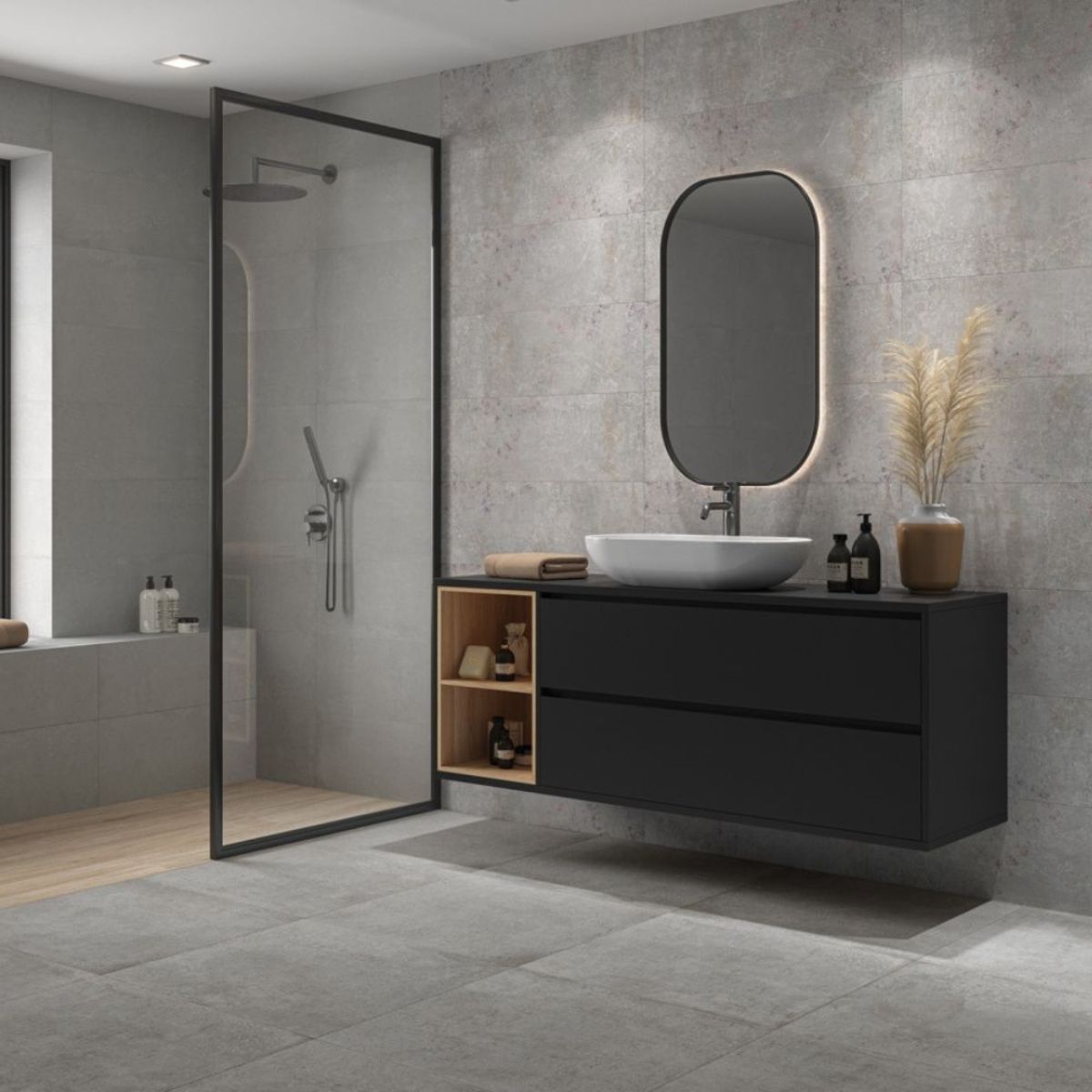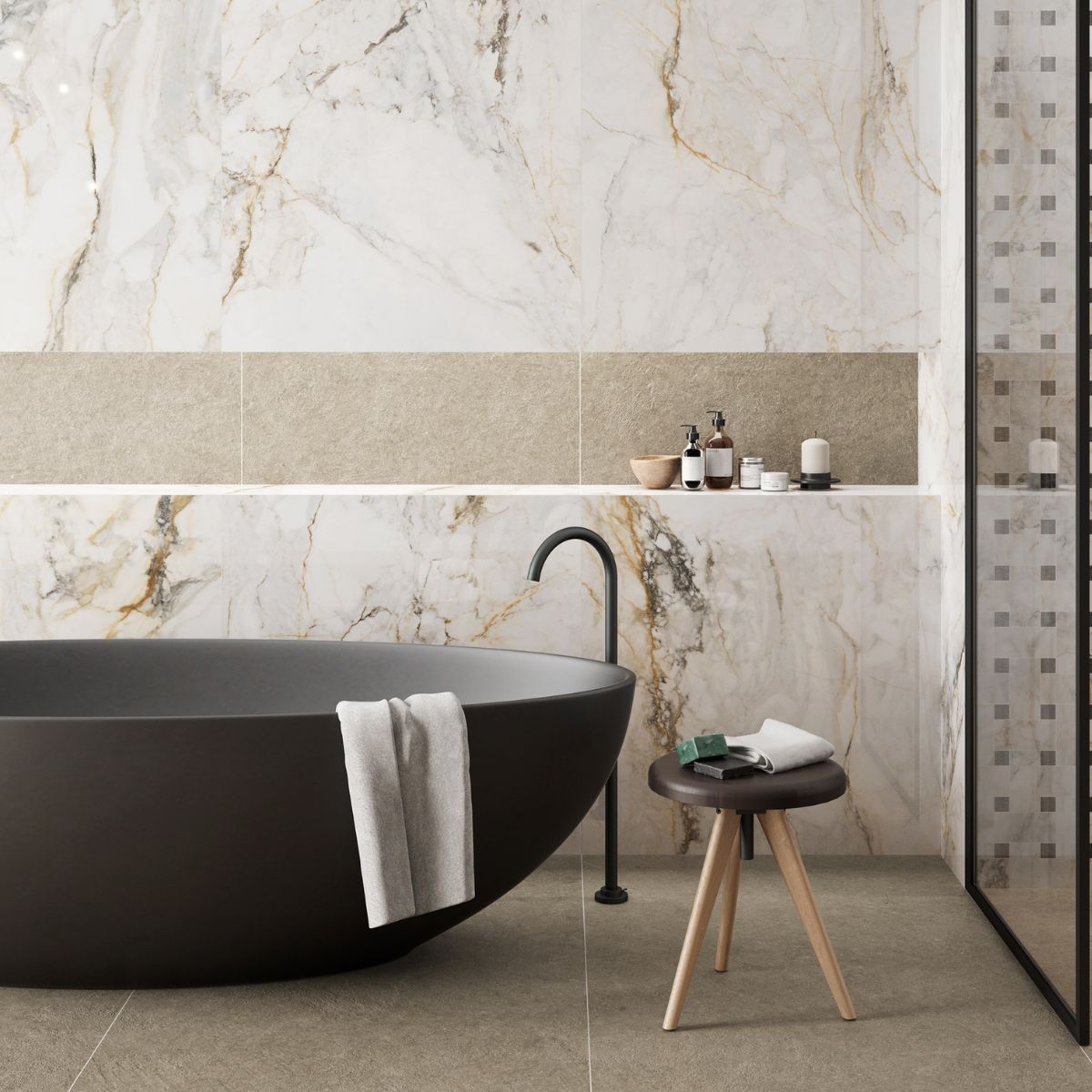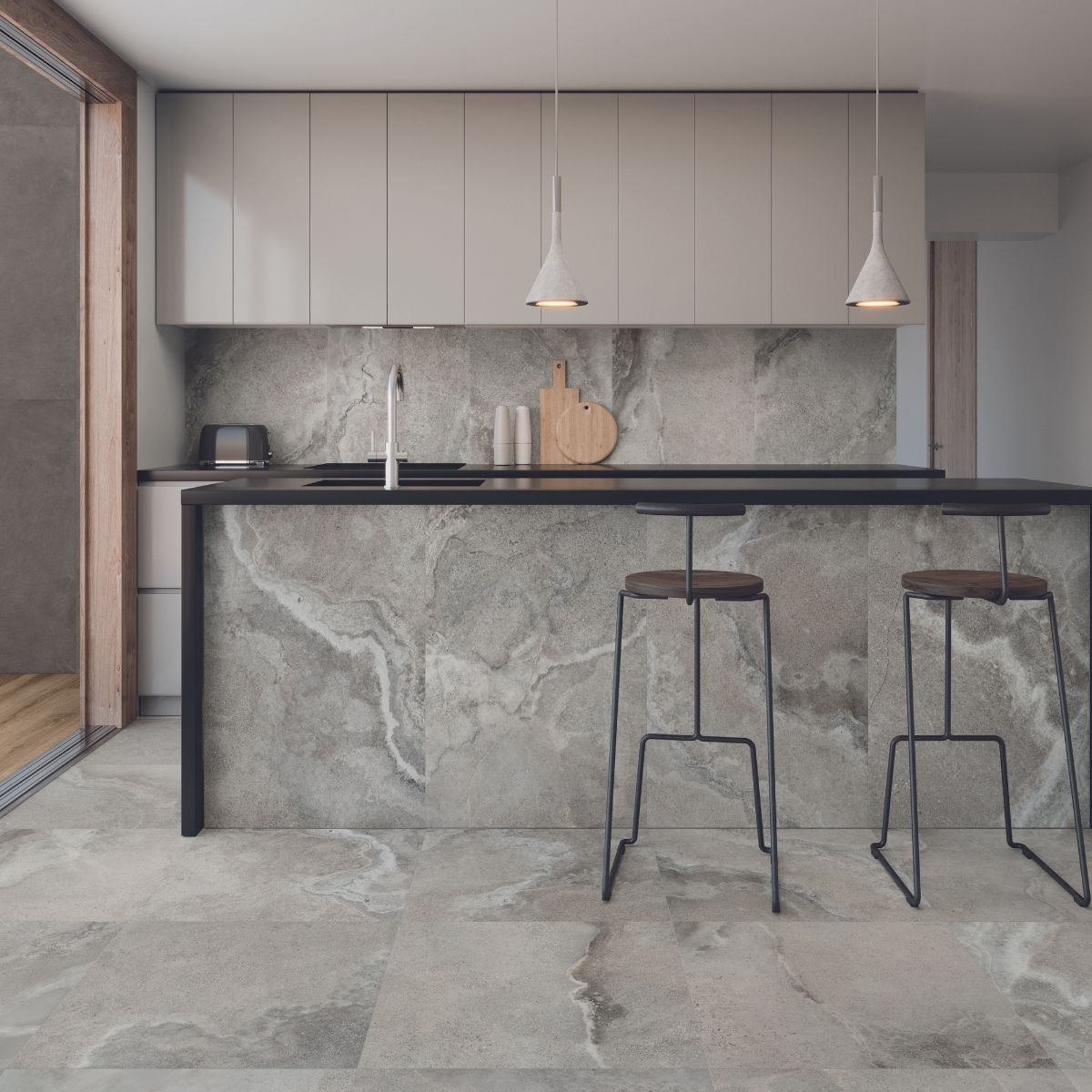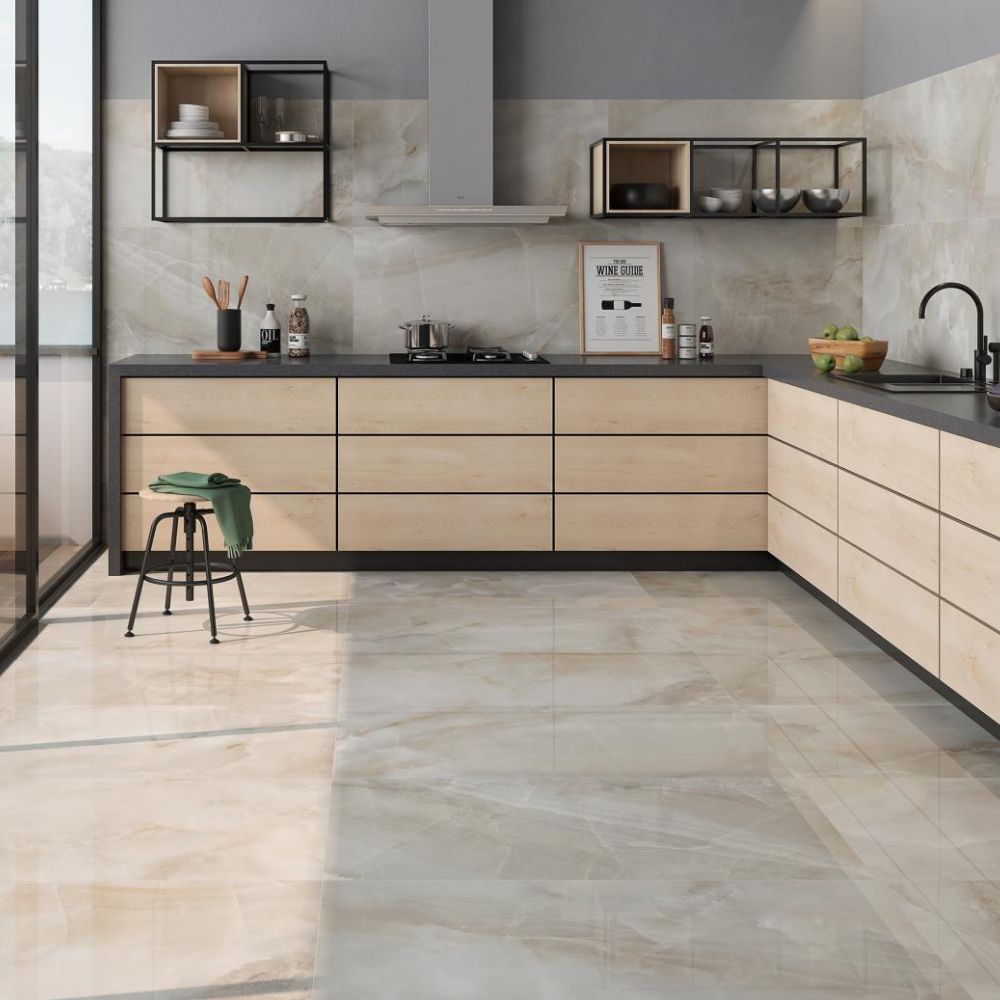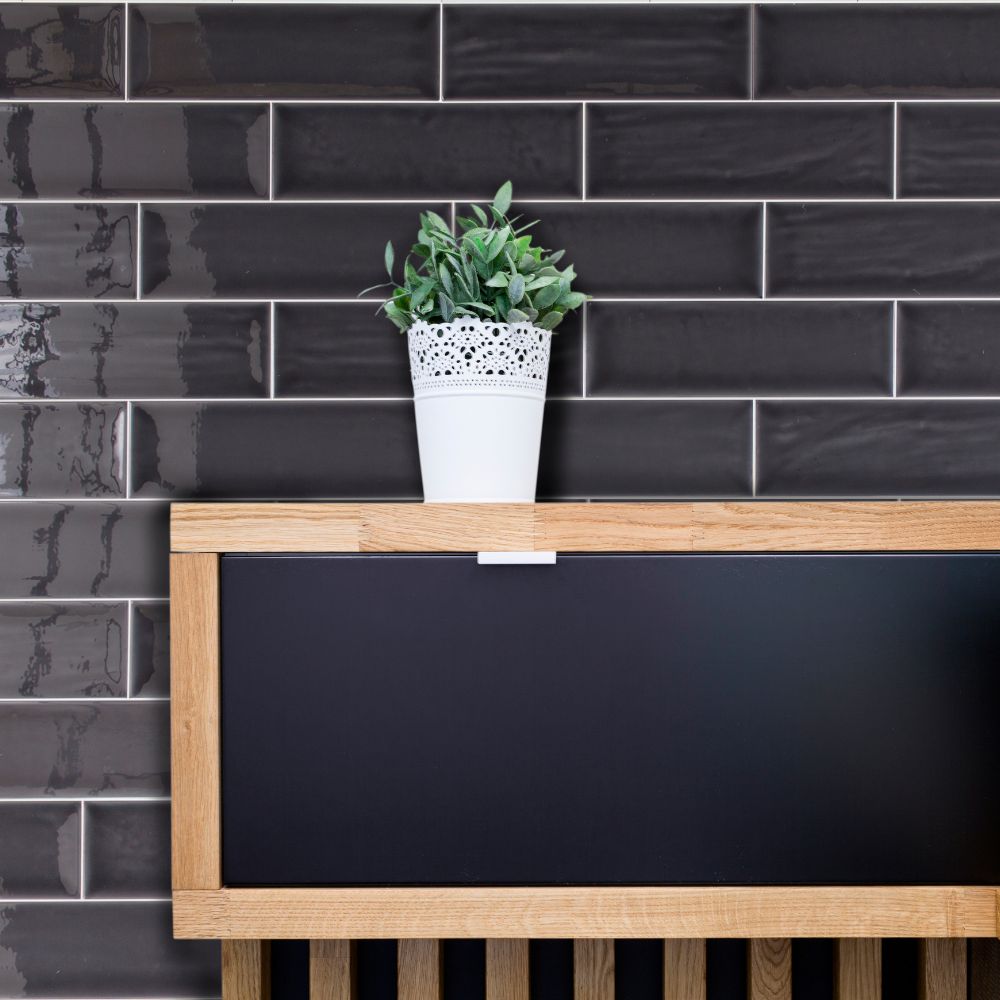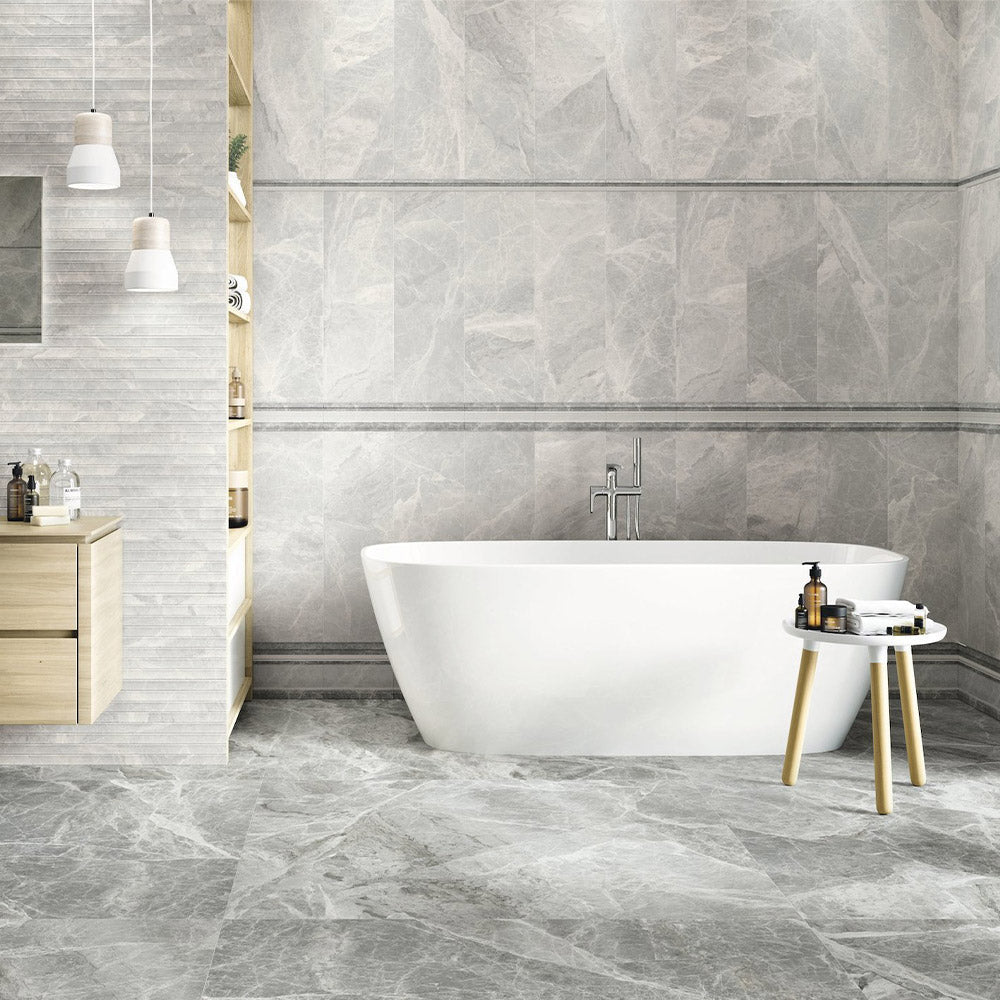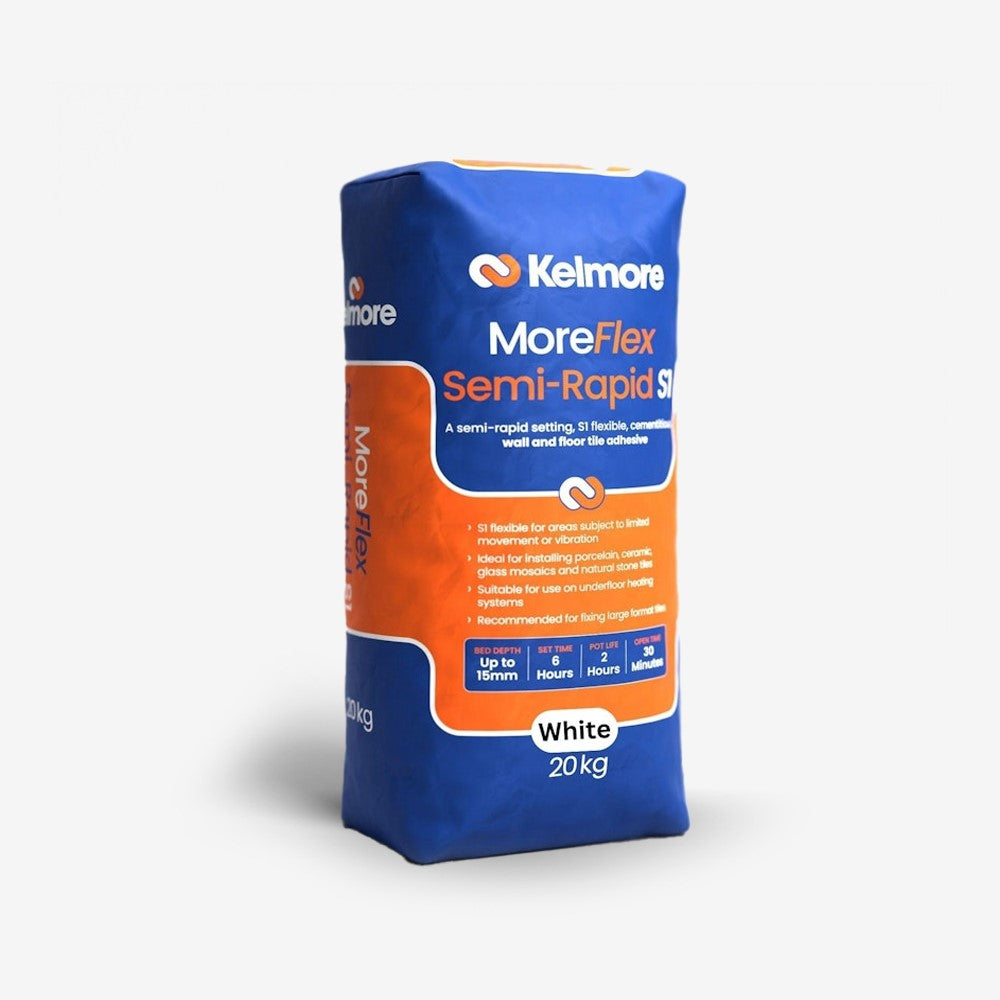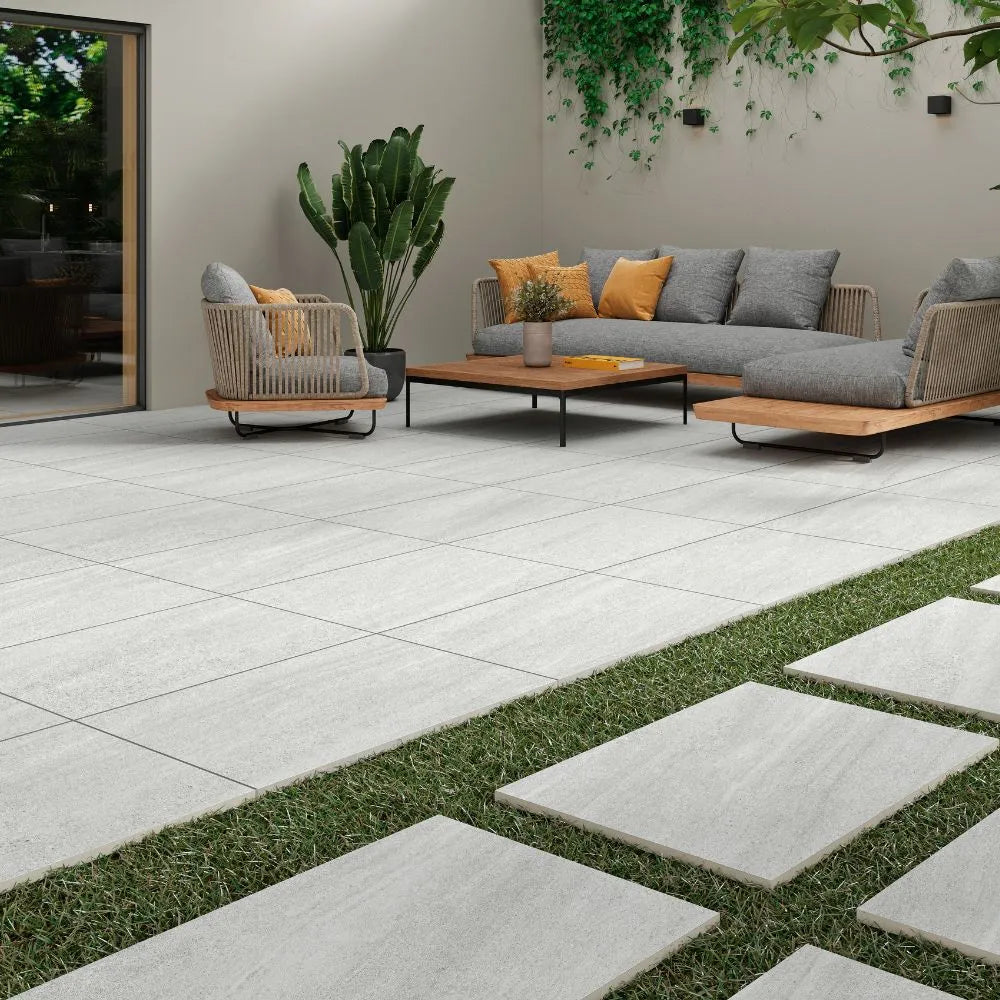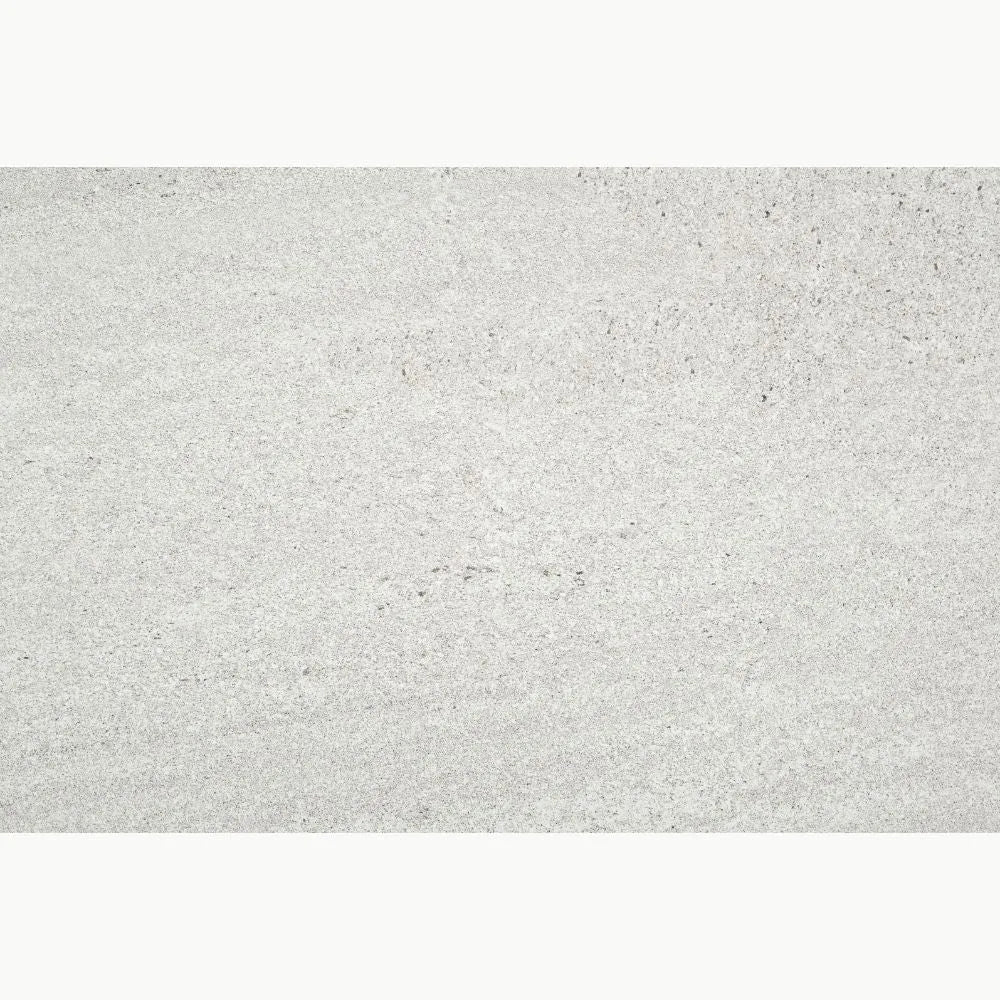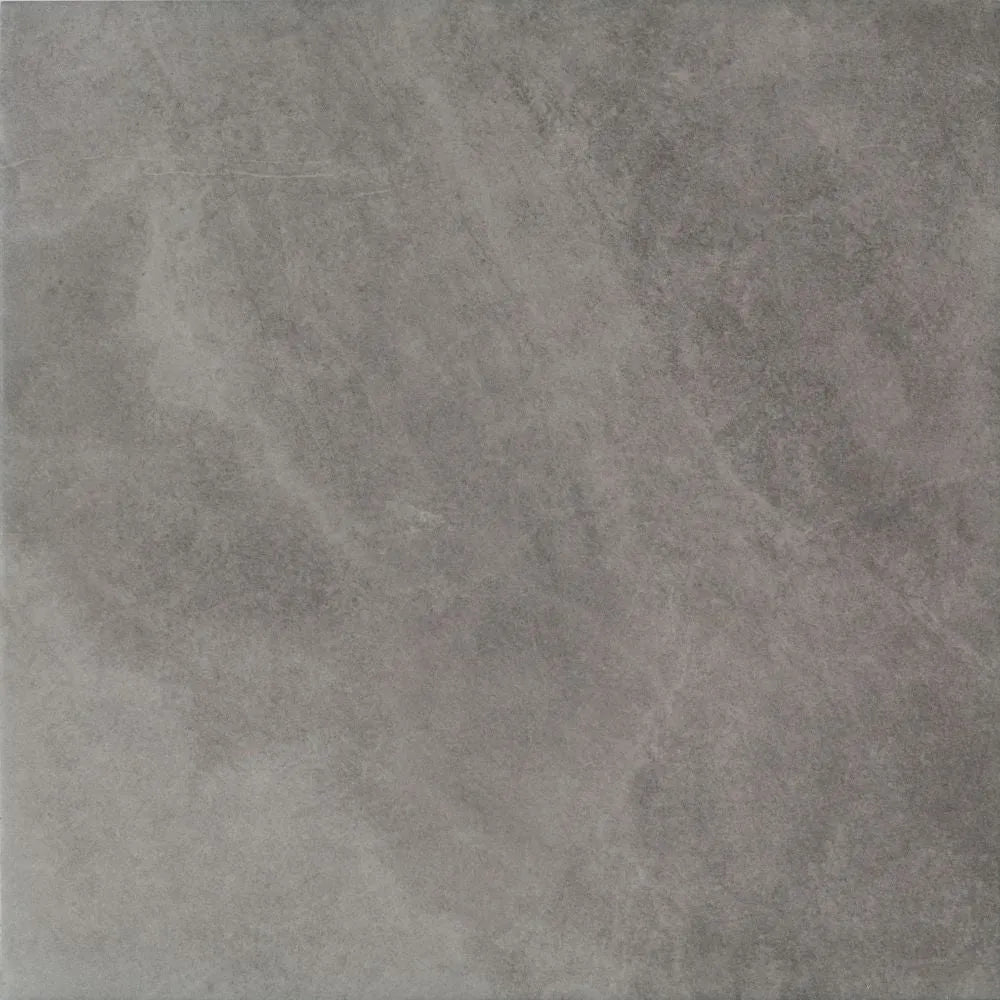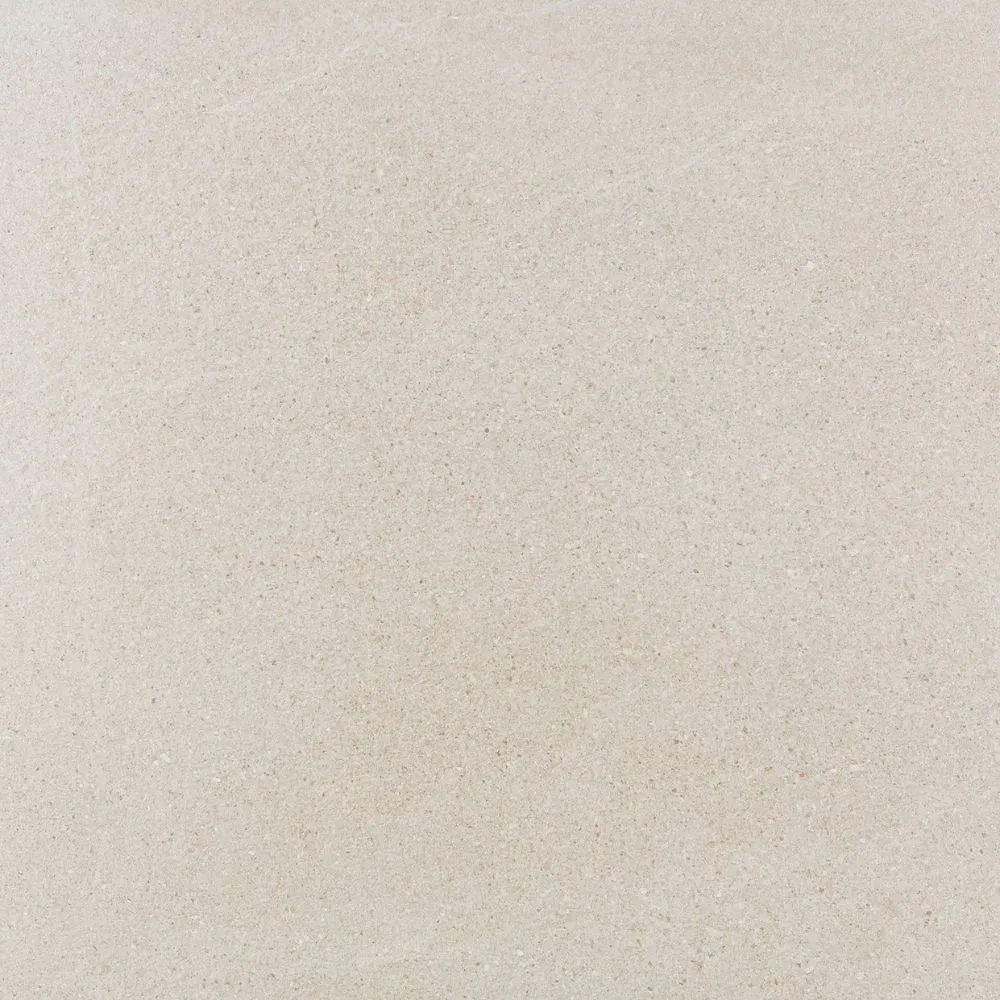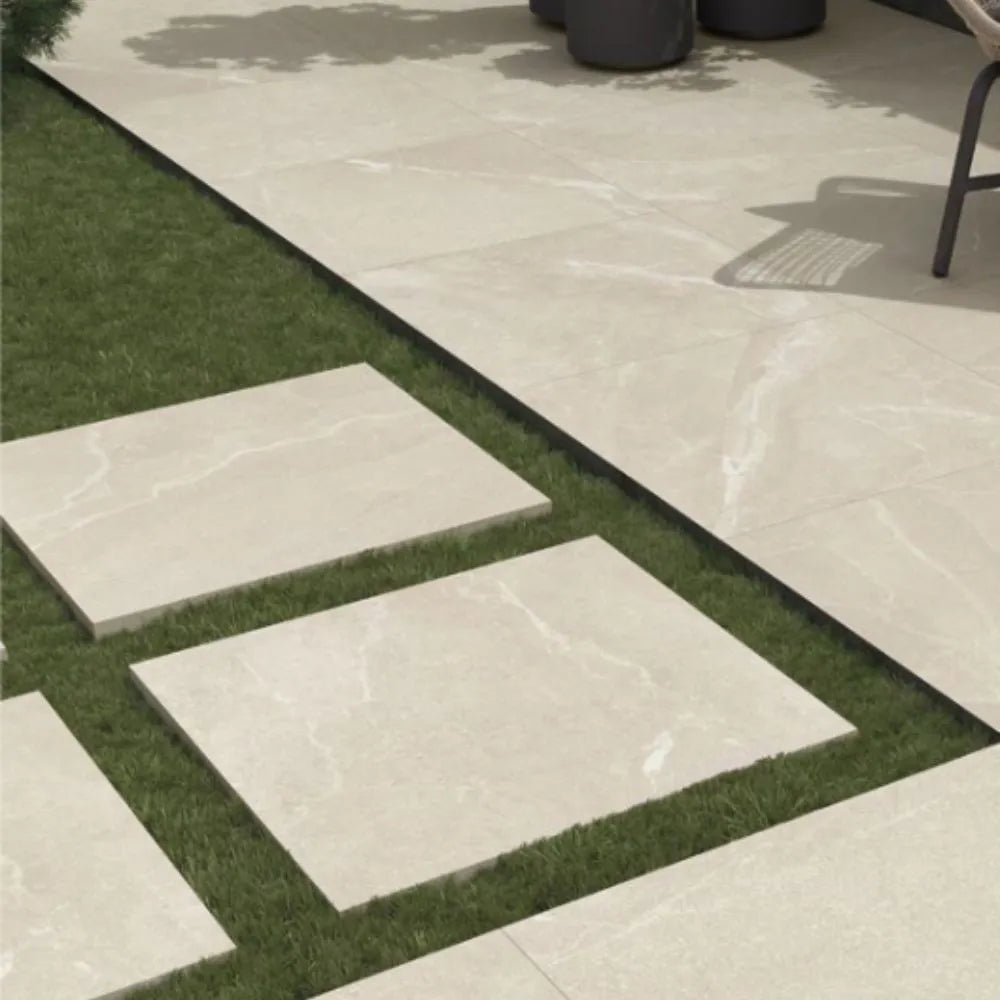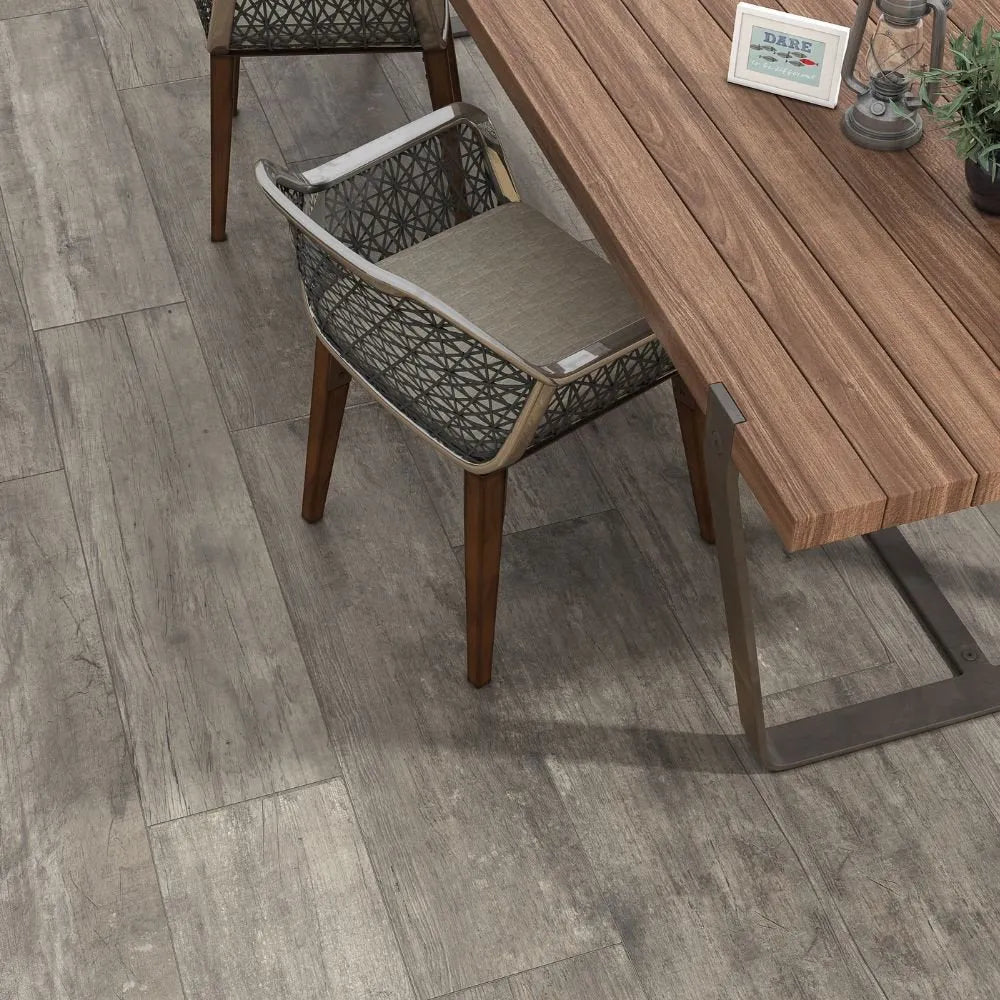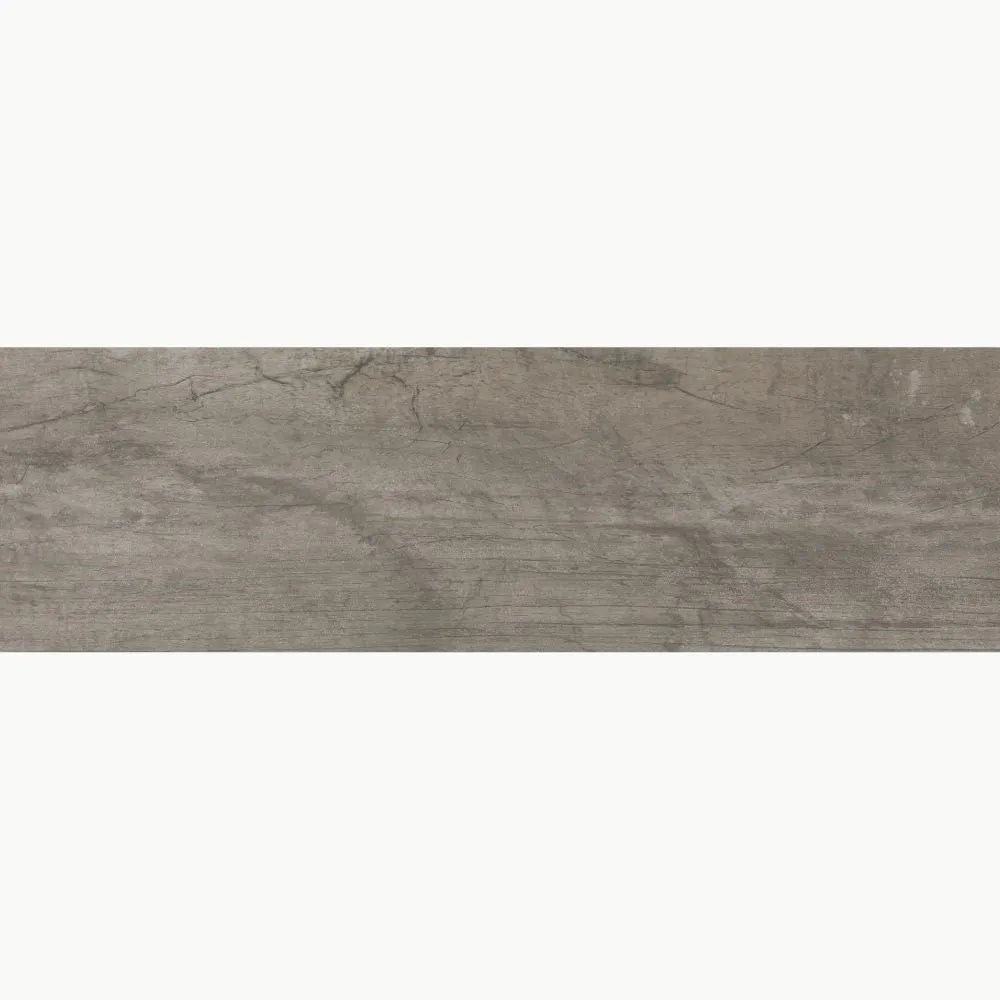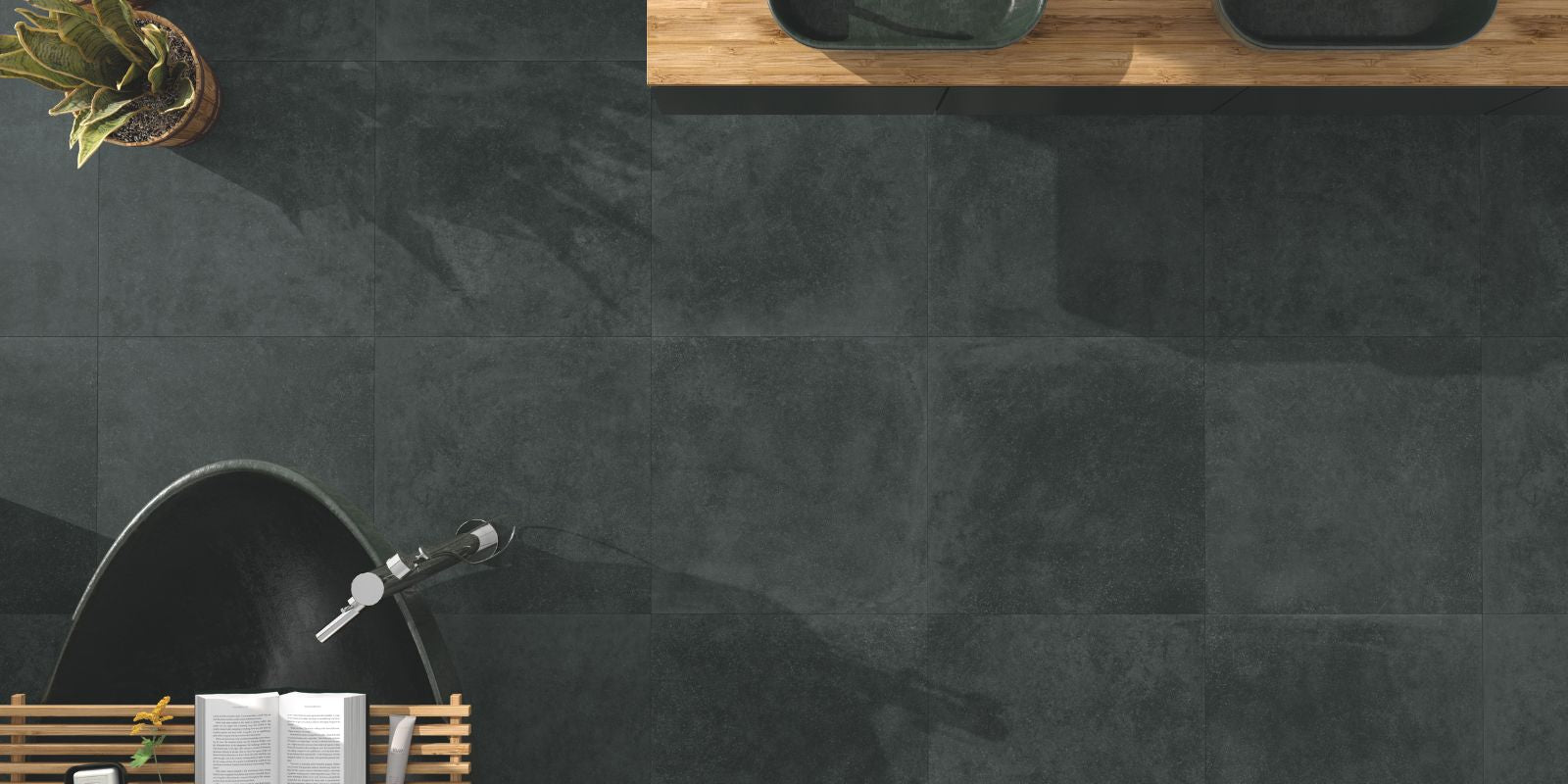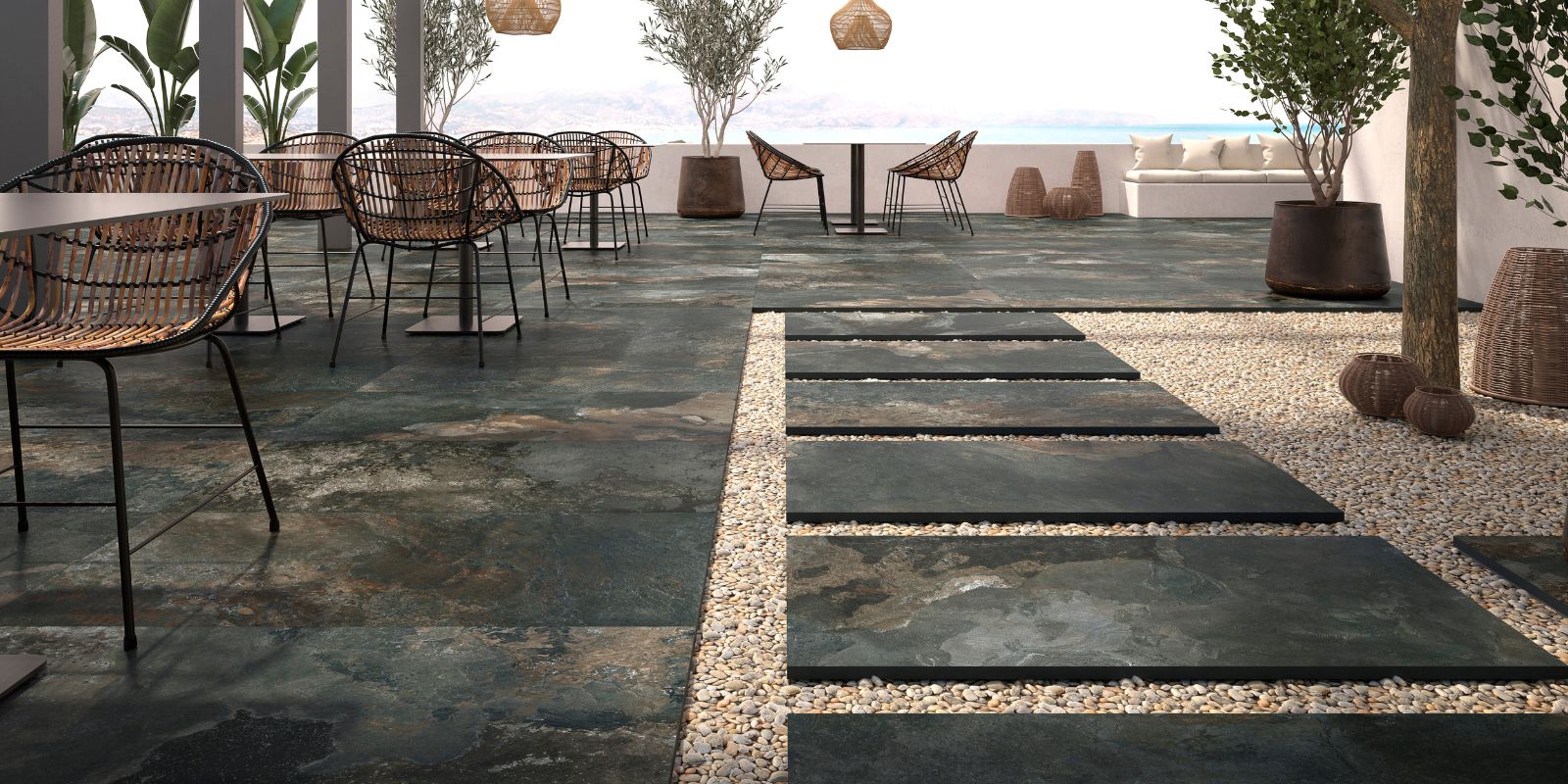
Garden Tiles for Pathway: Stylish and Durable Options
Looking for the best tiles for garden pathways? This guide covers the top tiles for pathway options, essential features, popular colors, and maintenance tips.
Key Takeaways
- Selecting durable and aesthetically pleasing tiles is crucial for garden pathways, with options ranging from Victorian to contemporary styles.
- Outdoor floor tiles must feature slip resistance and weather resilience; 20mm thickness is recommended for durability.
- Various tile arrangement methods can help you create appealing pathways, while regular maintenance ensures the longevity of outdoor tiles.
Choosing the Right Tiles for Pathways
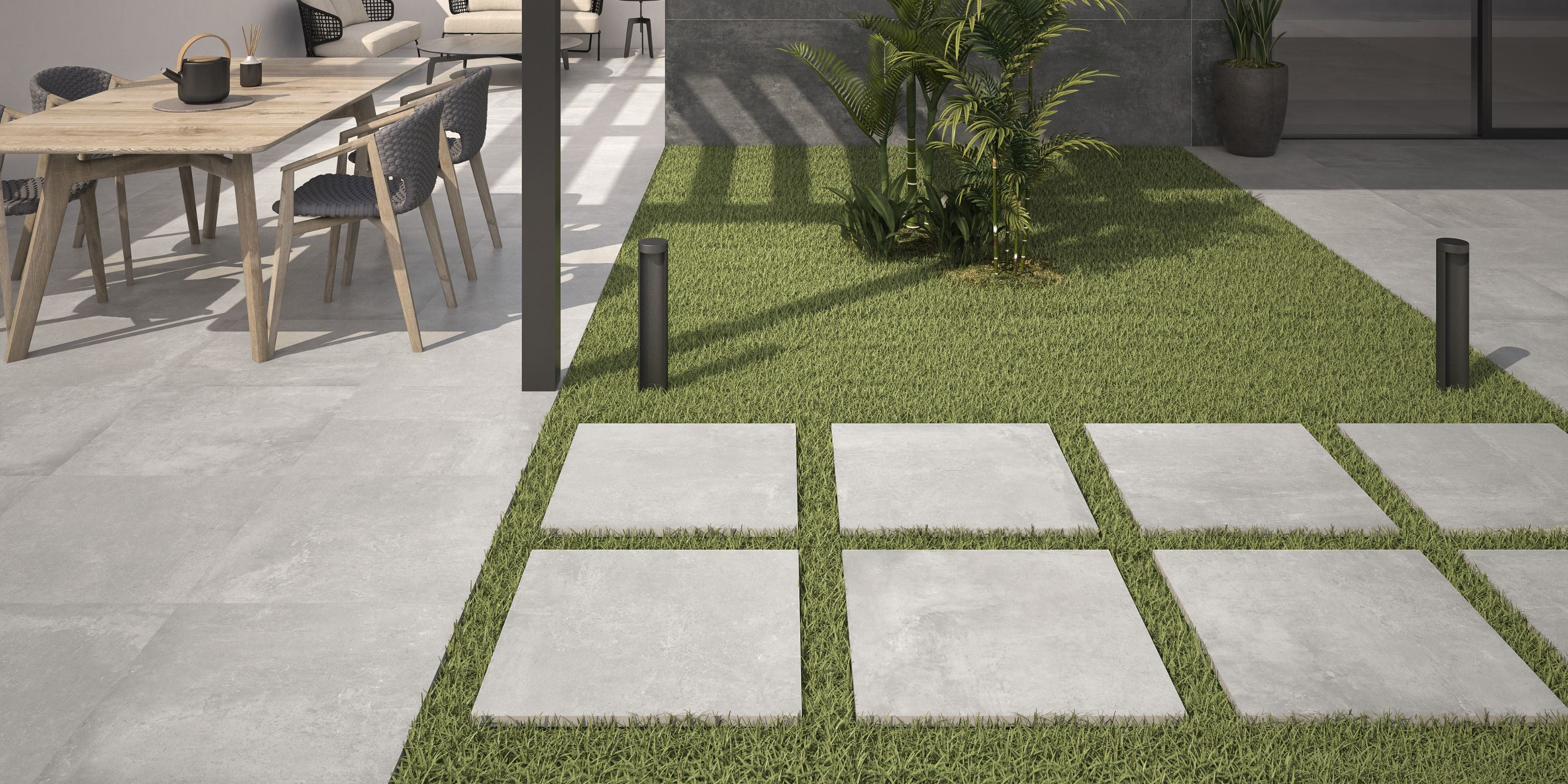
Selecting the right tiles for garden paths is vital. Durability plays a significant role in this decision, as outdoor spaces are subject to various weather conditions. Tiles that withstand various weather conditions keep your pathway both intact and visually appealing.
Besides durability, beauty and functionality are also important. The tiles you choose should complement the overall design of your garden while serving a practical purpose. Victorian floor tiles, for example, combine historical charm with practicality, making them a popular choice for garden paths.
Tiles offer aesthetic versatility, providing a wide range of design options for various outdoor settings. From classic to contemporary styles, the right tiles can enhance the visual appeal of your garden path, making it both a functional and decorative feature.
Outdoor Floor Tiles: Essential Features
Various materials for outdoor floor tiles offer unique benefits. Porcelain, natural stone, and concrete are popular choices, offering numerous design options for different tastes and settings. Among these, 20mm porcelain tiles stand out for their exceptional durability and low water absorption, making them particularly suitable for pathways.
One key feature to consider is the texture of the tiles. Many outdoor tiles have textured surfaces to enhance slip resistance, crucial for safety in wet conditions. Tiles’ slip resistance is indicated by an R rating; R10 and above is recommended for outdoor use.
In addition to slip resistance, outdoor tiles should have superior weather resistance to handle various conditions. These tiles are designed to resist staining and weather impacts, ensuring they remain visually appealing over time.
Another essential aspect is the thickness of the tiles. Outdoor tiles must have a thickness of at least 20mm to endure varying weather conditions and resist impact. This robustness ensures that your garden path remains in excellent condition regardless of the weather.
Popular Colors for Pathway Tiles
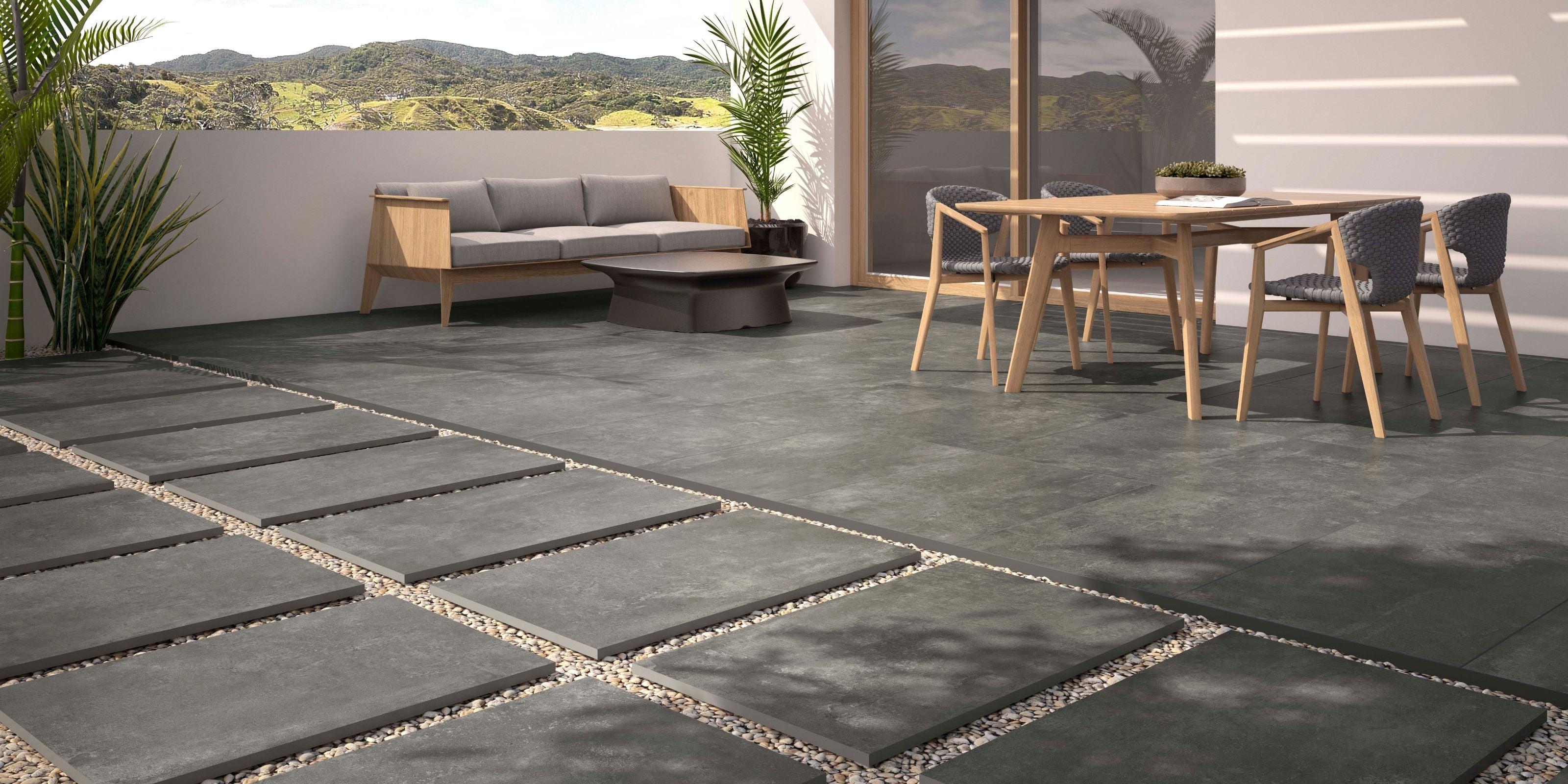
The colors of your pathway tiles can significantly impact your garden’s overall ambiance. Pathway tiles come in a variety of colors, including popular options like gray, beige, and black, all of which can enhance your outdoor space.
Gray is the most favored color for outdoor pathway tiles due to its versatility and low maintenance. Its neutral tone can easily blend with various garden styles and landscaping elements, making grey a popular choice.
Beige and sand tones create a warm ambiance that harmonizes well with natural surroundings. These colours can help you find your combined home garden path respond feel more inviting and cozy. However, it’s important to note that lighter colours like beige and sand may require more regular cleaning and maintenance to keep them looking fresh and vibrant. Dirt, and weathering can be more noticeable on lighter tiles, so routine cleaning helps preserve their aesthetic appeal and ensures your garden path remains an attractive feature of your outdoor space.
Charcoal and black tiles offer a striking contrast, perfect for contemporary outdoor designs. These darker shades can create a bold statement, adding depth and sophistication to your garden path. They pair well with lighter elements such as ivory or beige tiles, allowing you to mix and match colors to achieve a balanced and visually appealing pathway.
In addition to aesthetic appeal, charcoal and black tiles are practical choices for outdoor use. Their darker color helps to conceal dirt and stains more effectively than lighter tiles, reducing the frequency of visible wear and maintenance. This makes them especially suitable for high-traffic pathways or areas prone to mud and debris.
Creating a Garden Path with Tile Arrangements
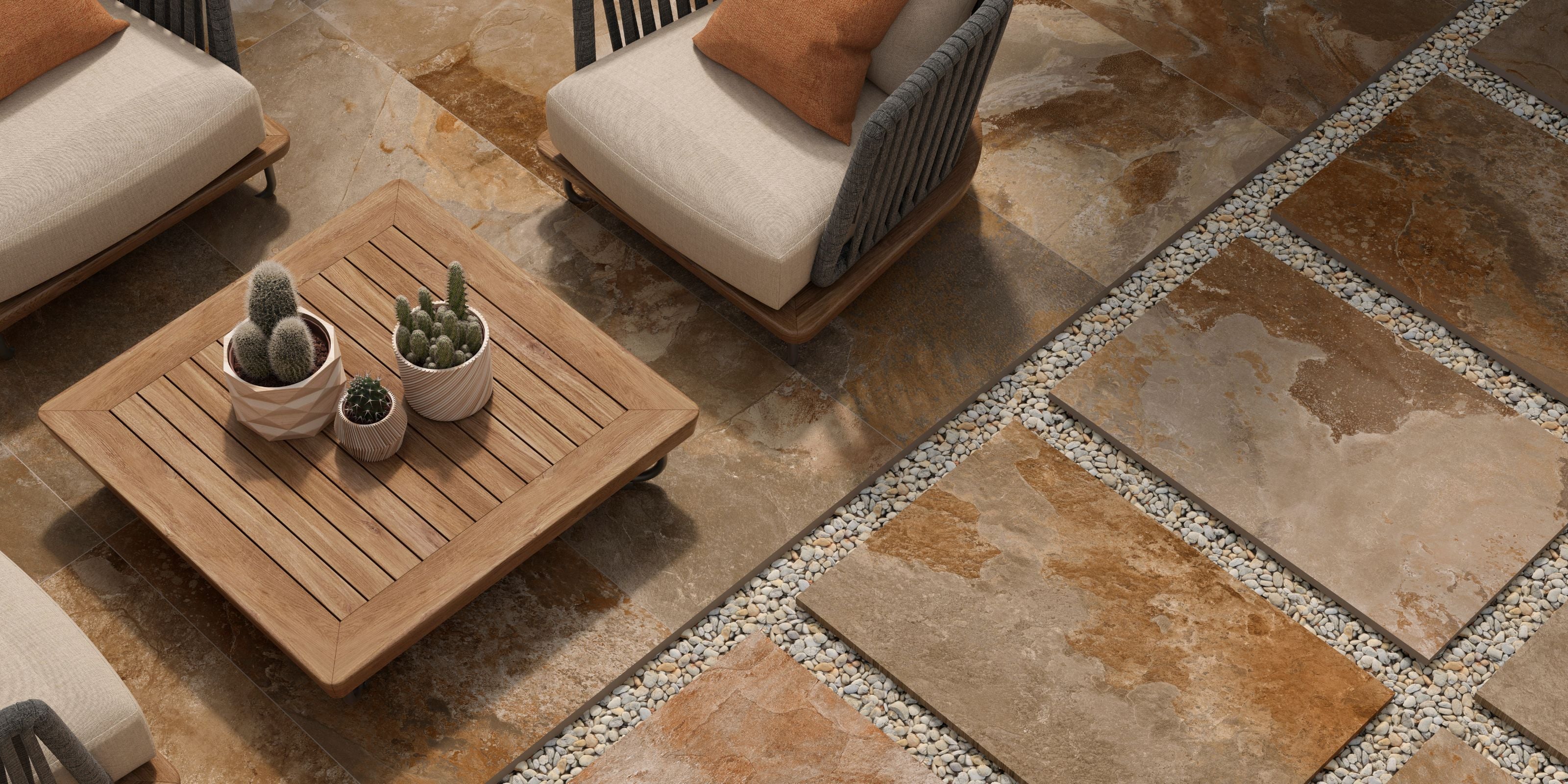
There are several ways to arrange tiles to create an attractive and functional garden pathway. The arrangement you choose can influence the overall look and feel of your outdoor space.
One common method is the linear arrangement, where tiles are laid in straight lines, creating a clean and orderly path. This approach works well for narrow pathways and formal garden settings.
Another popular option is the staggered or running bond arrangement, where tiles are offset from one another like bricks. This layout adds visual interest and helps to distribute weight more evenly, enhancing durability.
Herringbone arrangements, with tiles laid at angles to create a zigzag pattern, offer a dynamic and sophisticated appearance. This style is especially effective with rectangular tiles and adds a sense of movement to the pathway.
You can also combine different tile sizes to create contrast and rhythm along the pathway, making the path more engaging and unique. Additionally, it is possible to use different tile arrangements within the same pathway to enhance its visual appeal. For example, you might choose a herringbone pattern for the central area of the path to create dynamic movement and interest, while using a linear arrangement along the edges to provide a clean, defined border. This combination not only adds depth and texture but also helps to frame the pathway, making it stand out as a stylish and well-designed feature in your garden.
Maintenance Tips for Outdoor Tiles

Regular maintenance of outdoor tiles ensures they remain in good condition and enhance your garden’s appearance. For natural stone tiles:
- They need regular sealing to protect against moisture and dirt.
- These tiles should be resealed at least once a year to enhance their longevity and performance.
- pH-neutral cleaners are essential for maintaining natural stone tiles without causing damage.
With the right tools, cleaning outdoor tiles is straightforward. Key methods include:
- Using a pressure washer with a rotating brush, which effectively cleans outdoor tiles without harming the grout.
- Regular sweeping to prevent dirt, algae, and moss buildup.
- Promptly cleaning spills to prevent staining.
Avoid dragging heavy furniture across outdoor tiles and use a soft-bristle scrub brush for stubborn stains to prevent damage. These maintenance practices ensure your outdoor tiles remain in pristine condition, requiring minimal effort.
When it comes to porcelain outdoor tiles, maintenance requirements are notably lower compared to natural stone. Porcelain tiles are highly durable, non-porous, and resistant to stains and moisture, meaning they do not require sealing. Regular sweeping and occasional washing with mild detergent and water are generally sufficient to keep them clean and looking their best. Unlike natural stone, porcelain tiles are less prone to moss or algae growth, reducing the need for frequent deep cleaning. However, it’s still important to clean spills promptly and avoid using harsh chemicals or abrasive tools that could damage the tile surface.
Benefits of Using Durable Tiles
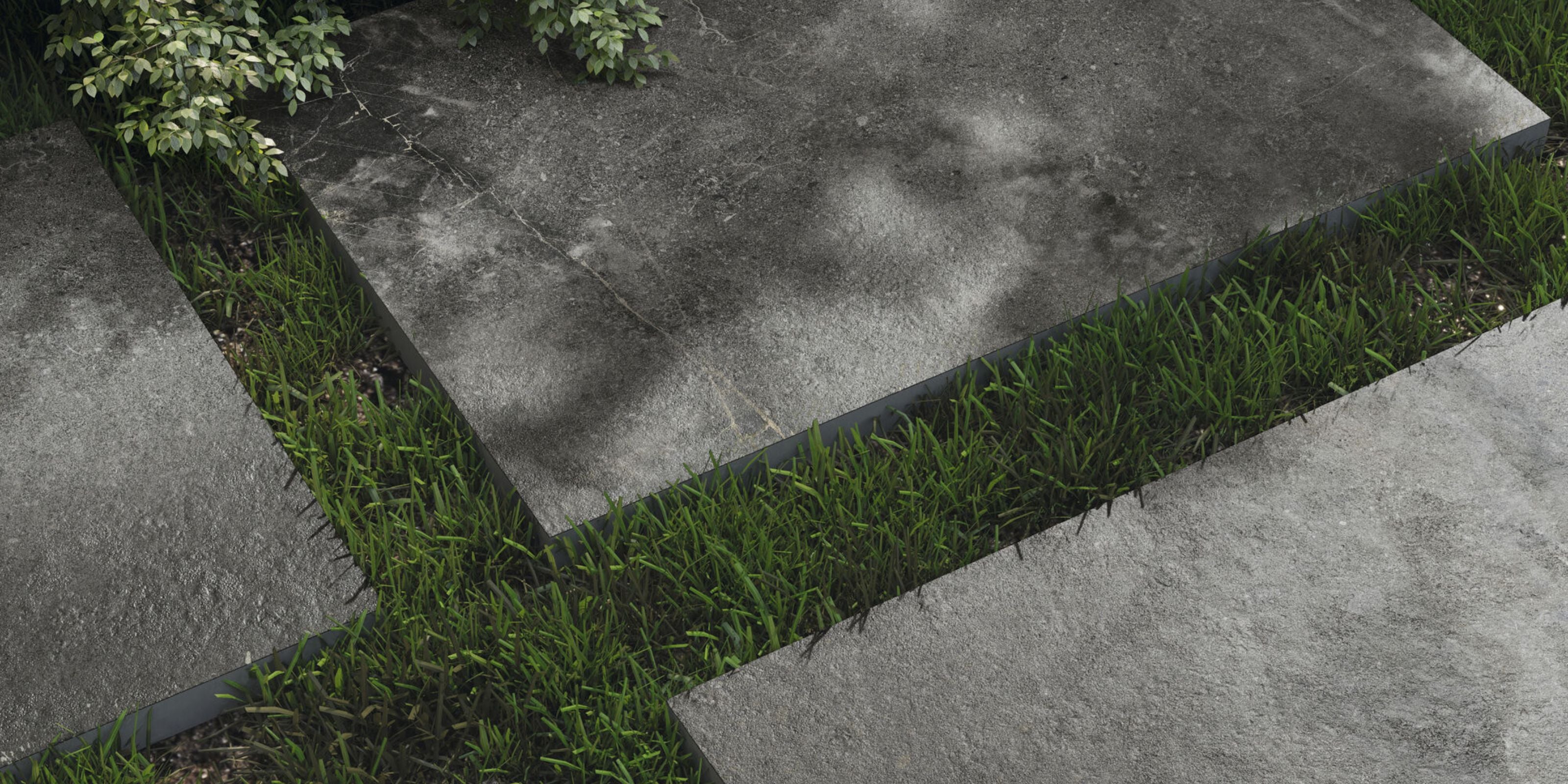
High-quality outdoor paving tiles offer numerous benefits:
- Designed to withstand harsh weather conditions
- Durable and reliable for outdoor use
- Less likely to crack in freezing conditions, remaining intact and functional year-round
Their significant strength allows them to withstand heavy foot traffic of all sorts without damage, ideal for garden paths. Investing in durable tiles enhances the aesthetic appeal, ensures longevity, and eases maintenance, providing a beautiful and functional outdoor space for years.
Other Suitable Applications for These Tiles
Besides garden pathways, these durable and stylish outdoor tiles are perfect for a variety of other outdoor applications. Their robust nature and weather-resistant qualities make them ideal for patios, steps, porches, and terraces, where both aesthetic appeal and functionality are essential.
Using the same tiles for your patio and pathway can create a cohesive look throughout your outdoor space, enhancing the overall design harmony.
Steps are another important area where durable tiles are essential. Outdoor steps require tiles with excellent slip resistance and sufficient thickness to endure constant use and exposure to the elements. Choosing tiles that match or complement your pathway ensures a seamless transition and adds to the visual appeal of your garden. For installation, consider using spiked screeding shoes to ensure you do not disturb the freshly laid surface.
Porches and entranceways also gain from these tiles, as they provide a welcoming and stylish surface that can handle the wear and tear of daily use. Their weatherproof properties mean they remain attractive and safe year-round, even in harsh weather conditions.
Additionally, these tiles can be used to create decorative borders or accents within larger paved areas, adding interest and character to your outdoor space. Combining different colors and patterns allows for unique designs that reflect your personal style while maintaining durability and practicality.
In summary, the versatility of these outdoor tiles extends well beyond pathways, making them an excellent choice for various outdoor applications where durability, safety, and style are paramount.
Summary

Choosing the right tiles for your garden pathway involves considering various factors such as durability, beauty, and functionality. From understanding essential features to selecting popular colors and exploring tile arrangement methods, the right tiles can transform your garden path into a stunning focal point.
Investing in durable tiles ensures that your pathways remain beautiful and functional, with minimal maintenance required. A well-designed garden path not only enhances the overall look of your outdoor space but also provides a practical and inviting area for you and your guests to enjoy.
Frequently Asked Questions
What are the best materials for outdoor pathway tiles?
The best materials for outdoor pathway tiles include porcelain, natural stone, and concrete, with 20mm porcelain tiles being highly recommended due to their durability and low water absorption. These options ensure a sturdy and long-lasting pathway.
How do I maintain natural stone tiles in my garden path?
To maintain natural stone tiles in your garden path, it is essential to regularly seal them to guard against moisture and dirt. Additionally, clean them with pH-neutral cleaners and reseal at least once a year for optimal protection.
What color should I choose for my garden pathway tiles?
For your garden pathway tiles, consider gray for its versatility and low maintenance, beige for a warm ambiance, or charcoal and black for a bold, contemporary look. Choose a color that complements your garden's overall aesthetic.
What is the significance of the R rating in outdoor tiles?
The R rating is crucial as it reflects the slip resistance of outdoor tiles, with an R rating of R10 or higher recommended to ensure safety in wet conditions. Using tiles with an appropriate R rating minimizes the risk of slips and falls, making outdoor spaces safer.
How can I create a visually appealing garden path with tiles?
To create a visually appealing garden path with tiles, consider different tile arrangement methods such as linear, staggered, or herringbone layouts. These arrangements can enhance the pathway's look and complement your garden style.


